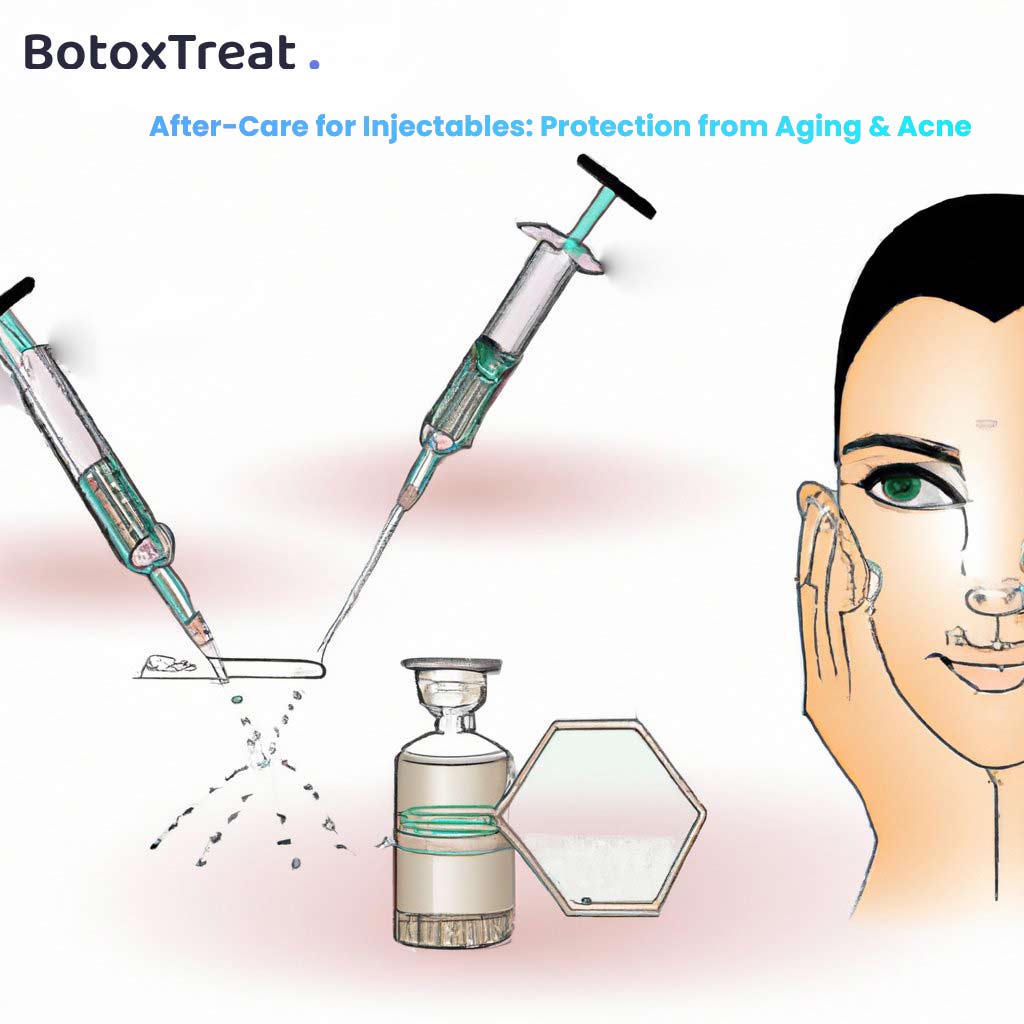Botox and Filler Aftercare Applications | Balancing Skin Tone and Reducing Bruising
Botox and filler aftercare applications are the most important steps in post-treatment care. The skin needs to be balanced and bruises need to be reduced quickly in order for the patient to resume their everyday life.
A lot of doctors recommend using a topical cream that contains hyaluronic acid, vitamin C, and other ingredients that will help reduce bruising, which is a common side effect of injections. It also helps with skin tone balance.
The most important thing is to use the product consistently for at least two weeks before you see any noticeable results. There are several treatments for eye bags, like Botox and filler. They can also be treated with fillers like Radiesse, Sculptra, or Voluma. Sculptra is a soft tissue filler that is injected under the skin in the cheek area to give the appearance of a fuller cheek. It’s not only an aesthetic filler but has been shown to have an anti-ageing effect on the skin by restoring collagen production in areas which are often in need of volume.
Why is it Important to Take Care of Your Face After a Treatment?
The skin is the largest organ in our body and it is also the most exposed to environmental factors. It needs to be taken care of and that includes after treatment. After treatment, the skin might feel dry or tight and it can even swell up for a few hours. These are all signs that you need to take better care of your face by using moisturizers, applying sunscreen, etc. I would recommend using a moisturizer. If you are using a retinoid or any other medication, it is also important to use products that are formulated for sensitive skin. For example, Cetaphil Moisturizing Lotion, Neutrogena Rapid Recovery Skin Refreshing Gel, and Simple Kind to Skin Face Moisturizer with SPF 15.
Our Botox Aftercare Application
However, among all kinds of treatments, you can use modern technology to improve the process of treatment. For example, BotoxTreat App is a mobile app as an after-Botox treatment tracker. The user will input all recommendations from a practising physician or a nutritionist. The mobile application tracks the eating and exercising habits of the user based on provided information by the user. The mobile application tracks water consumption and nutrition (food and vitamin) by interactively asking questions from the users and taking their input as a knowledge base for future recommendations.
The mobile application (BotoxTreat) then calculates the user’s weight loss and BMI (Body Mass Index) by using the input knowledge base to track the user’s food intake and height, weight, and age. It also helps users to schedule their exercise routines by tracking their desired daily activities.
Through this mobile app, one can help themselves with a more effective way of eating healthy while still achieving the desired Botox results. The app provides nutrition (food and vitamin) information and also calculates the user’s skin health by taking into account input knowledge base data after tracking food intake and height, weight, and age of the user in order to calculate body mass index (BMI).- The app provides interactive tools that are helpful in achieving the desired health.
After-Care for Injectables: Protection from Aging & Acne

Botox is a popular cosmetic treatment that is used to reduce the appearance of wrinkles and fine lines on the face. It also helps to reduce facial expressions that might cause wrinkles.
Botox is an injectable treatment that works by blocking nerve impulses from muscles which causes them to relax and stop contracting. However, it can take up to 2 weeks for the full effect of Botox to be seen, so there are some things you can do in the meantime to help with your aftercare.
Some people experience a temporary worsening of their skin’s condition as well as other side effects following Botox injections such as headaches and muscle weakness. These symptoms usually last only a few days or weeks, but they are not normal reactions and should be reported immediately in order for your doctor or physician to determine if you need additional treatment.
The side effects of Botox injections vary, but typically include headaches and muscle weakness. Other common side effects are temporary worsening of skin’s condition as well as other reactions such as pain at the injection site, fever, swelling and bruising. These reactions may last for a few days or weeks but are not normal reactions following Botox shots so they should be reported immediately in order for your doctor or physician to determine if you need additional treatment. Depending on which type of Botox was administered and how much, as well as the individual’s medical history, potential side effects may also include but are not limited to: dry mouth, nausea and vomiting, and facial droop that takes time to recover from. How much does Botox cost?
The cost of Botox injections will vary depending on your location, the type of injection administered and what you need for treatment. Meanwhile, using our AI-Based BotoxTreat you can reduce the costs of Botox yearly.